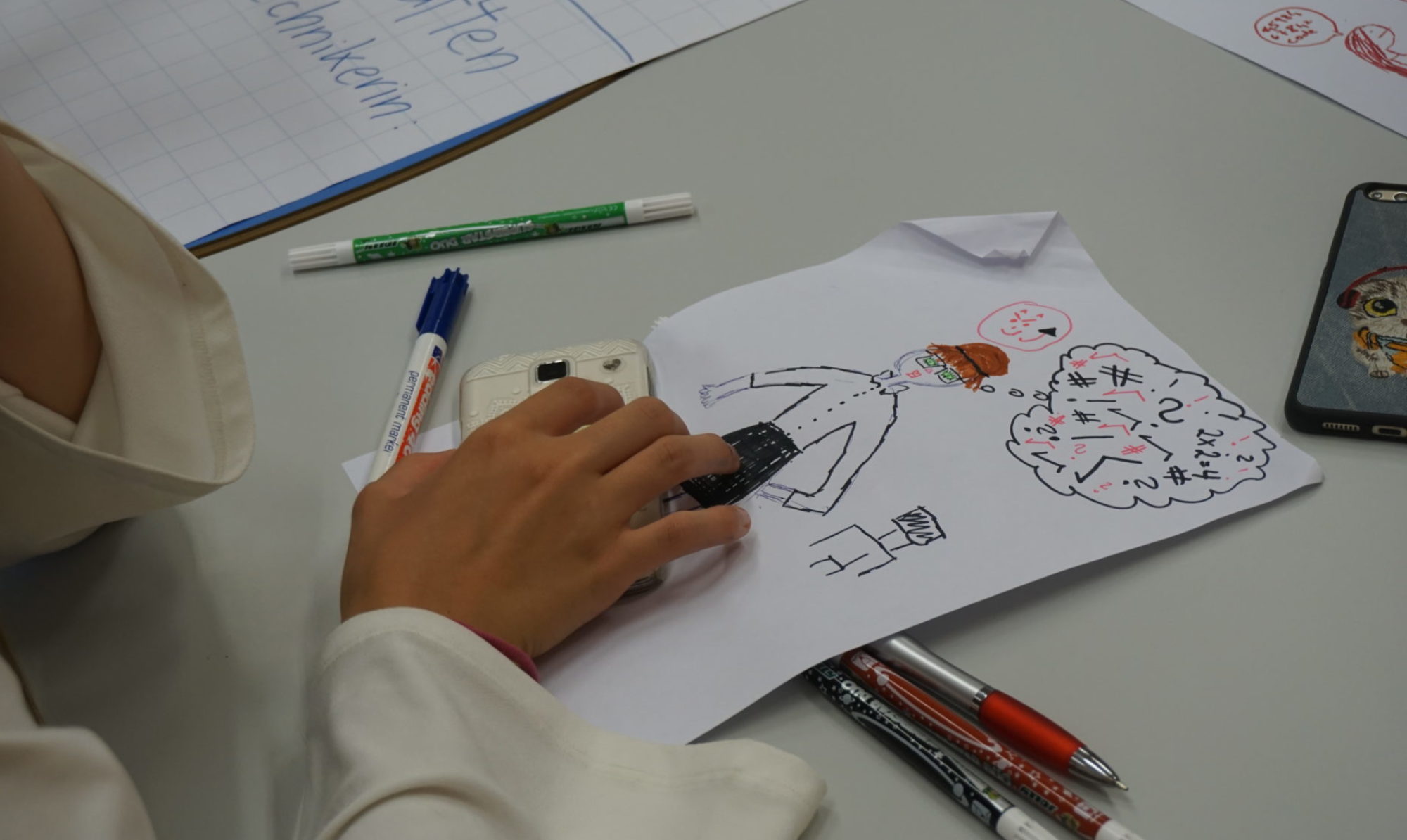Reference Format: Spieler B and Kemeny, F. (2020) Design, Complexity, and Coding: A Framework to Evaluate Mobile Coding Projects. 14th European Conference on Games Based Learning. Sep 24 – 25, 2020. Brighton, UK. Virtual Conference, p. 558-566. doi: 10.34190/GBL.20.156
Bernadette Spieler1 and Ferenc Kemeny2
1University of Hildesheim, Institute for Mathematics and Applied Informatics, Germany
2Institute for Psychology, University of Graz, Austria
bernadette.spieler@uni-hildesheim.de
ferenc.kemeny@uni-graz.at
DOI: 10.34190/GBL.20.156
Abstract: Game development-based learning and creative coding activities are seen as an opportunity for young people to acquire programming skills and overall, Computational Thinking (CT) skills in an entertaining way. The goal of such activities is to create playable gaming artefacts. While learning to code is becoming more and more important, young game design-ers miss a clear map to know how game and design elements can be organized and in which situations, specific elements or structures are appropriate. The aim of this paper is to present a valid assessment for structuring games created with visual coding languages. In different workshop settings (out-off school workshops, school workshops) 84 participants between 10 and 15 years old have individually created gaming applications with our Catrobat environment. Games created during these workshops (2017-2019) were analysed and structured in game elements, design elements, and game complexity. This method is based on various existing frameworks, for example, the Mechanics, Dynamics, and Aesthetics (MDA) framework, which provide a consistent structure to define game elements, goals, and rules, thereby delivering a common framework and vocabulary for games. The transfer of game concepts in a consistent structure should support the overall clarity of the game and should help to focus students on the relevant elements of games. We argue that students need guidelines to be able to implement more complex games even with visual programming languages. The result, the Playing, Engagement, Creativity, and Creating (PECC) Assessment Template should support the process of evaluating gaming apps in visual coding languages, can be used by researchers as a valid method for structuring games, helps all students to adhere to good game design principles, and teachers can use the analysis to evaluate games created with visual programming languages.
Keywords: game design, mobile gaming, mobile learning, game design patterns, game analysis
